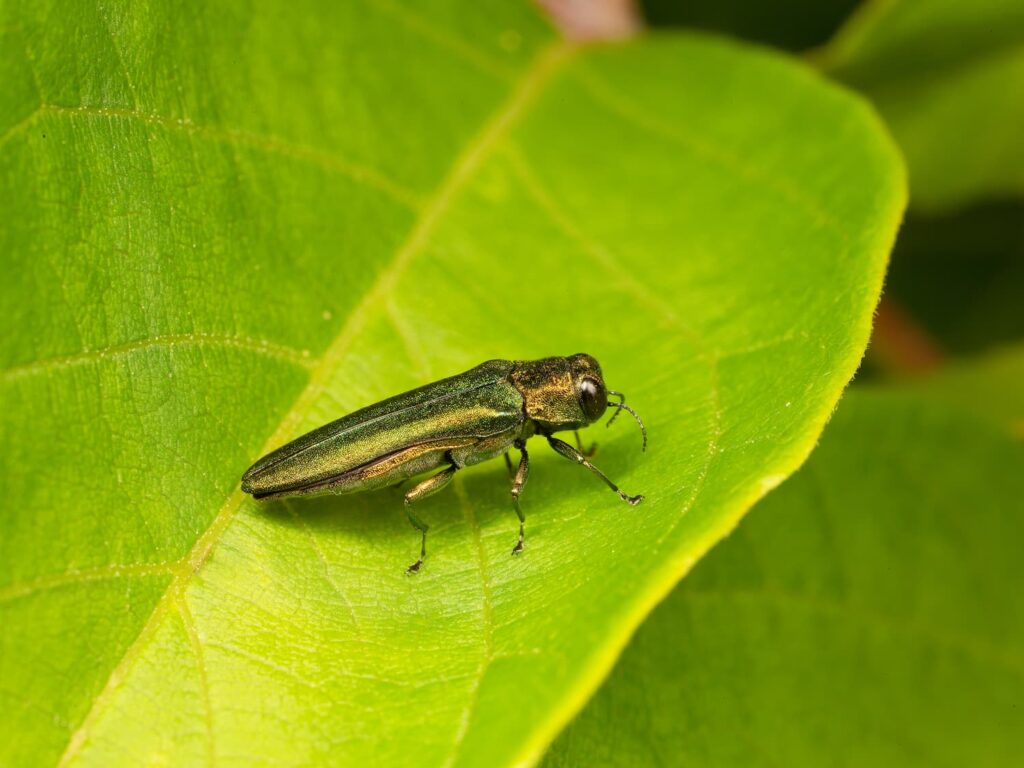Tree insect management in Texas is an important aspect of maintaining the health and beauty of trees in the state. Texas is home to a wide variety of trees, including oak, pine, elm, and cypress, as well as many other species. However, these trees are often subjected to infestations of insects that can cause damage or even kill the trees. In order to effectively manage tree insects in Texas, it is important to understand the different types of insects that can affect trees, the symptoms of infestations, and the most effective management strategies.
Common Tree Insects in Texas
There are many different types of insects that can be found on trees in Texas. Some common tree insects in Texas include:
- Emerald Ash Borer: This is a type of wood-boring beetle that infests ash trees and can cause significant damage.
- Gypsy Moth: These insects are known for their voracious appetite for foliage and can defoliate entire trees.
- Pine Beetles: Several species of pine beetles can infest pine trees and cause significant damage.
- Pine Sawyer Beetles: These insects are known for their large size and distinctive mating call. They can infest and damage pine trees.
- Webworms: These are small, moth-like insects that spin webs around the leaves of trees and shrubs. They can defoliate trees and shrubs if they are present in large numbers.
- Oak Leaf Rollers: This moth species eat tree buds and young leaves and roll the leaves together with their spun silk.
- Sap-Eating Bore Beetles: These beetles feed upon the roots and branches; these are some of the most damaging insects to your trees.
- Aphids: These small, soft-bodied insects feed on plant juices and can cause distorted growth, yellowing of leaves, and reduced vigor in trees.
- Bark Beetles: These insects burrow under the bark of trees and can cause significant damage.
- Cottonwood Borer: The cottonwood borer is a type of wood-boring beetle that feeds on the inner bark of cottonwood and poplar trees.
- Elm Leaf Beetle: The elm leaf beetle feeds on the leaves of elm trees, causing them to turn yellow and eventually drop off.
It is important for tree insect management to regularly inspect trees for signs of tree insect infestation and to take appropriate action if necessary. This may include using insecticides, removing infested branches, or seeking the assistance of a professional arborist.
Managing Tree Insects in Texas
Tree insect management in Texas, it is important to be able to recognize the symptoms of infestations. These symptoms can vary depending on the type of insect and the tree species, but may include the presence of small holes in the bark, the presence of sawdust-like material around the base of the tree, yellowing or dying leaves, and thinning of the tree’s canopy.
There are several strategies that can be used for tree insect management in Texas. One of the most effective methods is the use of chemical pesticides. These pesticides can be applied to the tree’s bark or leaves to kill the insects and prevent further infestations. However, it is important to use these pesticides carefully and follow the instructions on the label to avoid harming other plants or animals.
Another effective method of tree insect management in Texas is the use of biological controls. These controls involve the use of natural predators or parasites to kill the tree insects. For example, the use of parasitic wasps can be effective in controlling the emerald ash borer, while the use of birds and other animals that feed on tree insects can also be helpful in reducing infestations.
Physical methods of tree insect management can also be effective in some cases. These methods may include removing and destroying infested branches or trees, or using physical barriers to prevent insects from accessing the tree.
Take Preventative Measures
In addition to these strategies, it is also important to take preventive measures to help reduce the risk of tree insect infestations. This can include watering and fertilizing trees regularly to help them stay healthy and resistant to insects, pruning dead or damaged branches to remove potential breeding sites for insects, and avoiding the use of pesticides or other chemicals near trees whenever possible. If you need tree insect management in Texas, call (817) 799-7808 to talk to a Certified Arborist.
Conclusion
In conclusion, tree insect management in Texas is essential for maintaining the health and vigor of trees. Common tree insects in the state include the emerald ash borer, cottonwood borer, red oak borer, elm leaf beetle, and gypsy moth. These insects can cause severe to your trees, and we recommend getting a Certified Arborist if you start noticing any signs of these critters in Texas.

